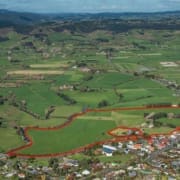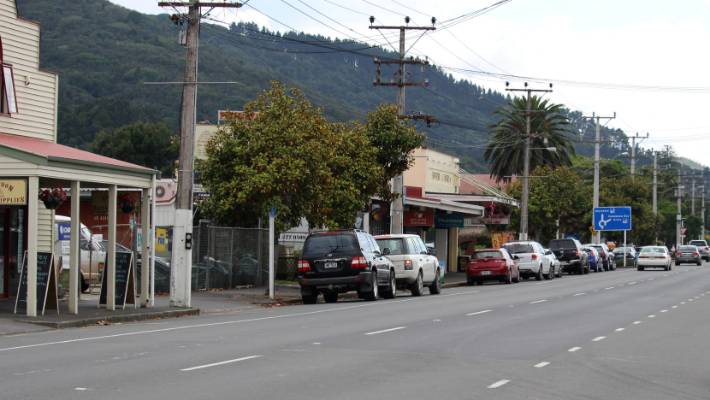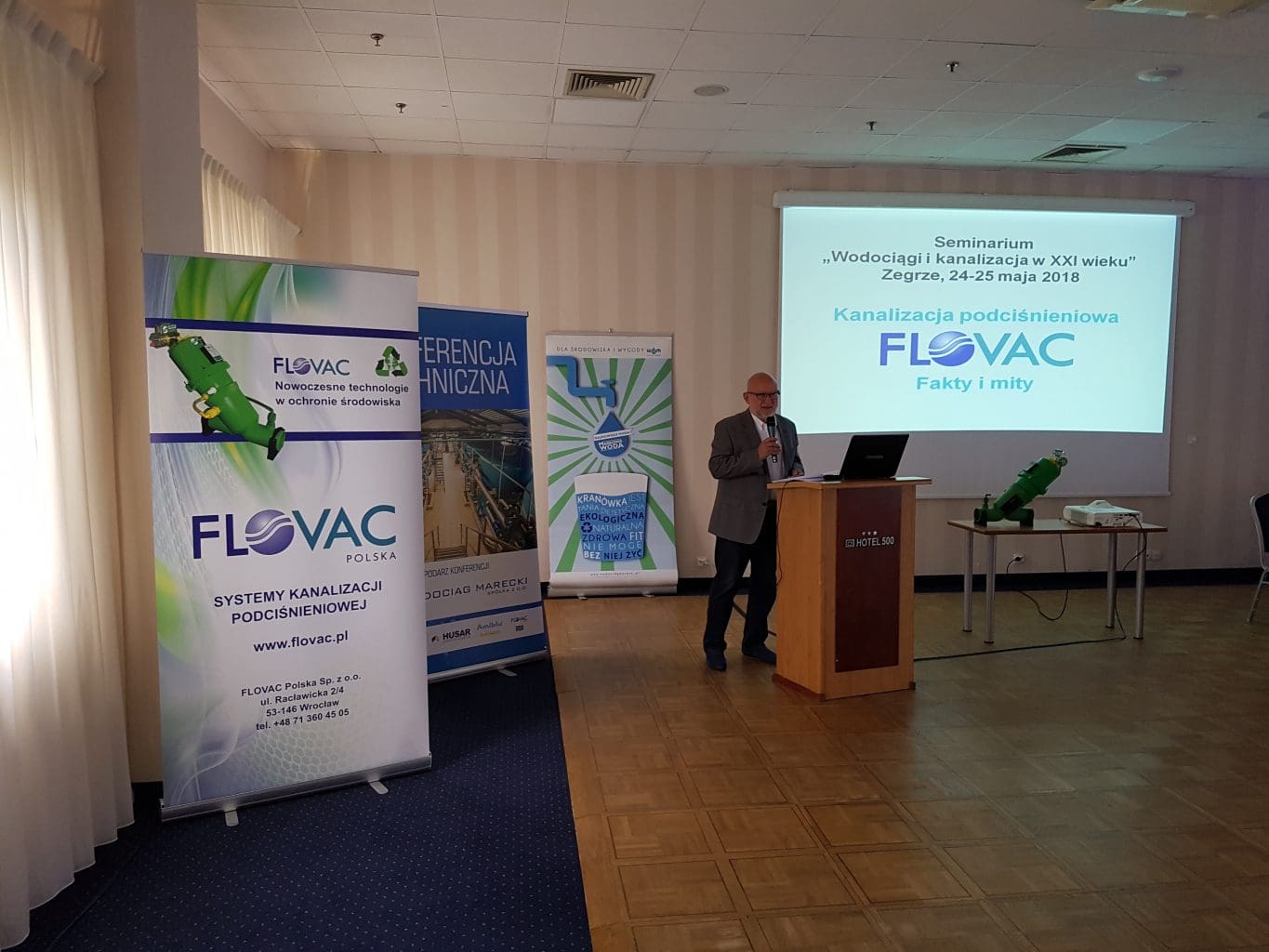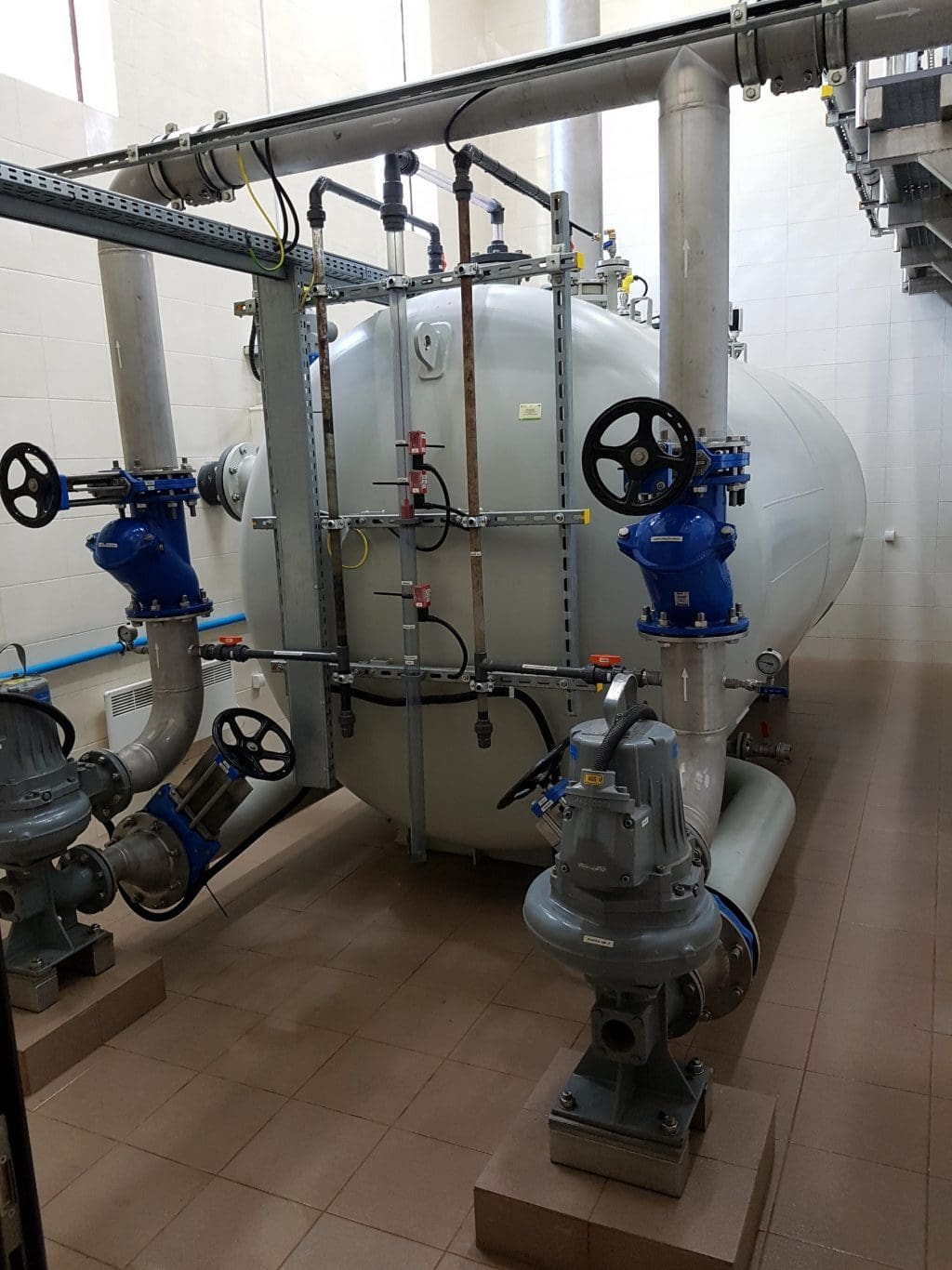When a vacuum sewer system was planned in your area, there was probably an options study done showing whole of life costs. There was an expectation that over the life of the system (100 years) there would be items that would wear out and need replacing. Just as there would be components that would needs parts replaced through normal maintenance. (Asset Life)
For the rotary vane vacuum pumps, that would mean oil and filter changes. According to the pump manuals you would expect to do a fairly extensive motor overhaul at year 5 with a possible replacement at year 15. Through good care, we have seen many vacuum pumps have their lives extended considerably. That has been especially true of liquid ring pumps.
Many of the systems built prior to 1996 used liquid ring pumps (the days when water wasn’t considered a scarce resource). Since then, there has been a mixture of mainly rotary vane pumps for larger systems with smaller systems using dry running claw pumps. There have been a few outlier pumps like oil sealed screw pumps and even some rotary lobe pumps.

The vacuum pumps in your system would have been sized based on an air to liquid calculation based on the length of vacuum mains and the volume of the mains. Operationally we always look to the amount of air it takes to move the liquid through the system. A well run fully developed system should run at about an 8 to 1, or 10 to 1 air to liquid ratio. We know that if that creeps up to 30 to 1 that there is too much air in the system, and it should be tuned. A high rate like that would suggest that the vacuum pumps would be running far more than they need to. If the ratio though was lower at about 4 to 1 or 6 to 1, we would know there was too much water relative to air. This might mean the discharge pumps are running longer than they should, relative to the vacuum pumps. This might be due to I&I (infiltration and inflow) or higher flows than expected in the catchment. (Ask us for the calculation sheet for the air to liquid ratio)
With a good air to liquid ratio, we would expect the vacuum pumps to run at about 6 to 8 hours per day, in total, in a fully developed system. If your pumps are running longer than that you should check your air to liquid ratio to see what is impacting your system.
Two of the biggest mistakes that we commonly see when utilities are looking to upgrade their pumps is
- Increasing the size of the pumps as the current run time is excessively long
- Changing from a oil lubricated pump (R5) to a dry pump (Mink) to reduce operational costs.
Increasing the size of your pumps
This might be a great idea if done for the right reason. Talk to your engineers. If you can increase capacity at the station maybe that will allow you to accept more flows from subdivisions, new areas, higher density (more revenue).
If though you are only increasing the size because your pumps are running a long time then you need to fix the problem first. Why are the pumps running so long? Is the system tuned correctly? Are there leaks in the valves or pipework? Oversized pumps can increase the problems in a network by creating more leaks.
Once the system is tight and you have an accurate idea of your air to liquid ratio then you can make a more informed decision.
Changing to Mink Pumps
If the change is because you are using too much oil and too many filters, then it would suggest that your pump run hours are too long and you should take the steps mentioned above.
In small systems Mink pumps and their equivalent have improved substantially but in large systems where you are changing over from R5 630 pumps or their equivalent there are a number of downsides that utilities are now discovering.
In the larger sizes the Mink pumps run a lot hotter and potentially noisier. The heat has an impact on pipe materials in the station, venting of the station, and will badly affect odour control measures.
On larger systems there is a limit to the depth of vacuum that these type of pumps will achieve and often the result is an increase in energy use and pump run hours.
Some utilities have also tried the addition of variable speed drives in their pumps as a way of increasing vacuum in the lines and decreasing line flooding. The speed is often varied due to the amount of vacuum pressure in the lines or at the end. It is rare to see this used in wet/sewer type systems and is more common in dry/food processing applications. As vacuum sewers are based on a ratio of air to liquid, the use of a VSD disguises problems in the system and can ultimately increase problems in the networks.
Upgrading of your vacuum pumps is inevitable – we can help you with finding the right solution for your system
Call our Engineering or Operations Group to organise the following as a first step.
- System Audit To correctly size the vacuum pumps an analysis of the air to liquid ratio is needed. The system needs to be air tight to do this. If there are leaking vacuum valves, due to old age, air leaks in the pump station or elsewhere, these need to be fixed prior to any upgrade as any larger or new vacuum pumps could make these harder to find and just lead to higher energy costs and high oil use. An Audit will check the current state of your system; give you an understanding of what will be required to accomplish the outcomes you want
- Capacity Audit What was the system designed to handle, what can it potentially handle for the next 15 years.
To read more about Upgrades Click Here








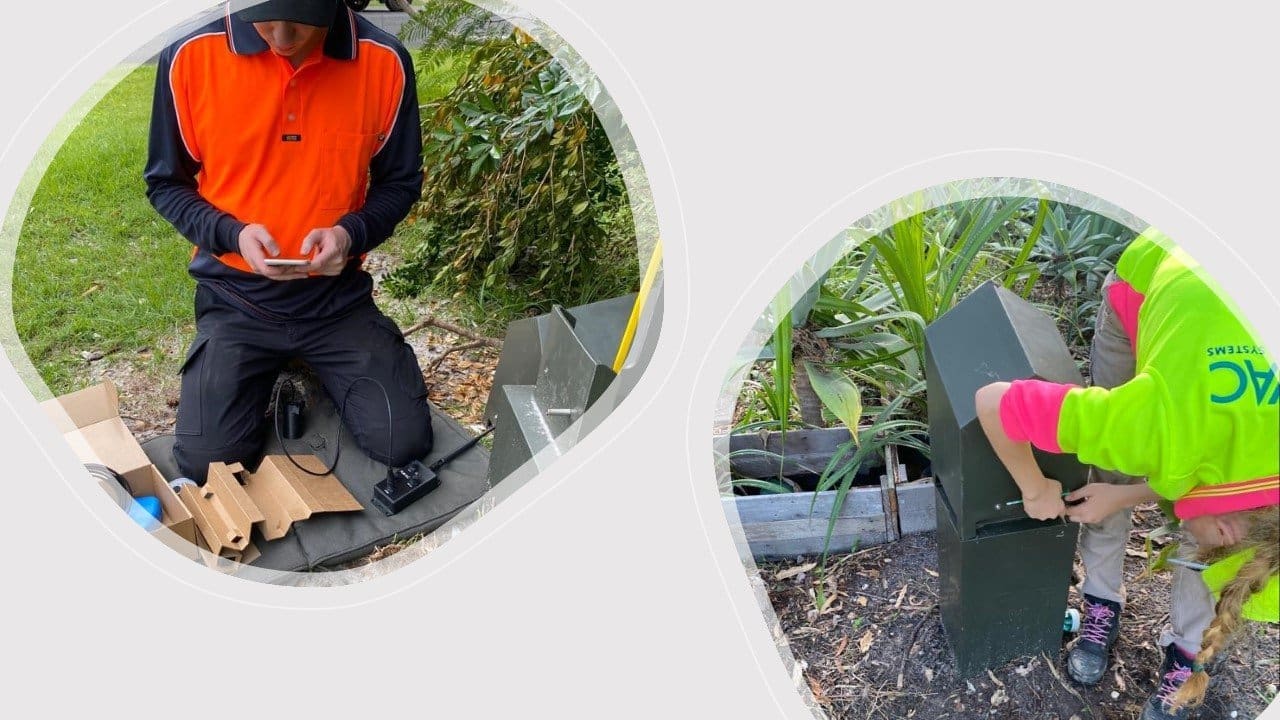








 Flovac was asked to design and supply a vacuum system that would be able to handle the high flows that will ultimately be handled by the Resort. The vacuum system needed to facilitate not only the hotel but also residential areas, restaurants and the marina. The client was aware of the good work which Flovac had done at Reef Island in Bahrain (
Flovac was asked to design and supply a vacuum system that would be able to handle the high flows that will ultimately be handled by the Resort. The vacuum system needed to facilitate not only the hotel but also residential areas, restaurants and the marina. The client was aware of the good work which Flovac had done at Reef Island in Bahrain (
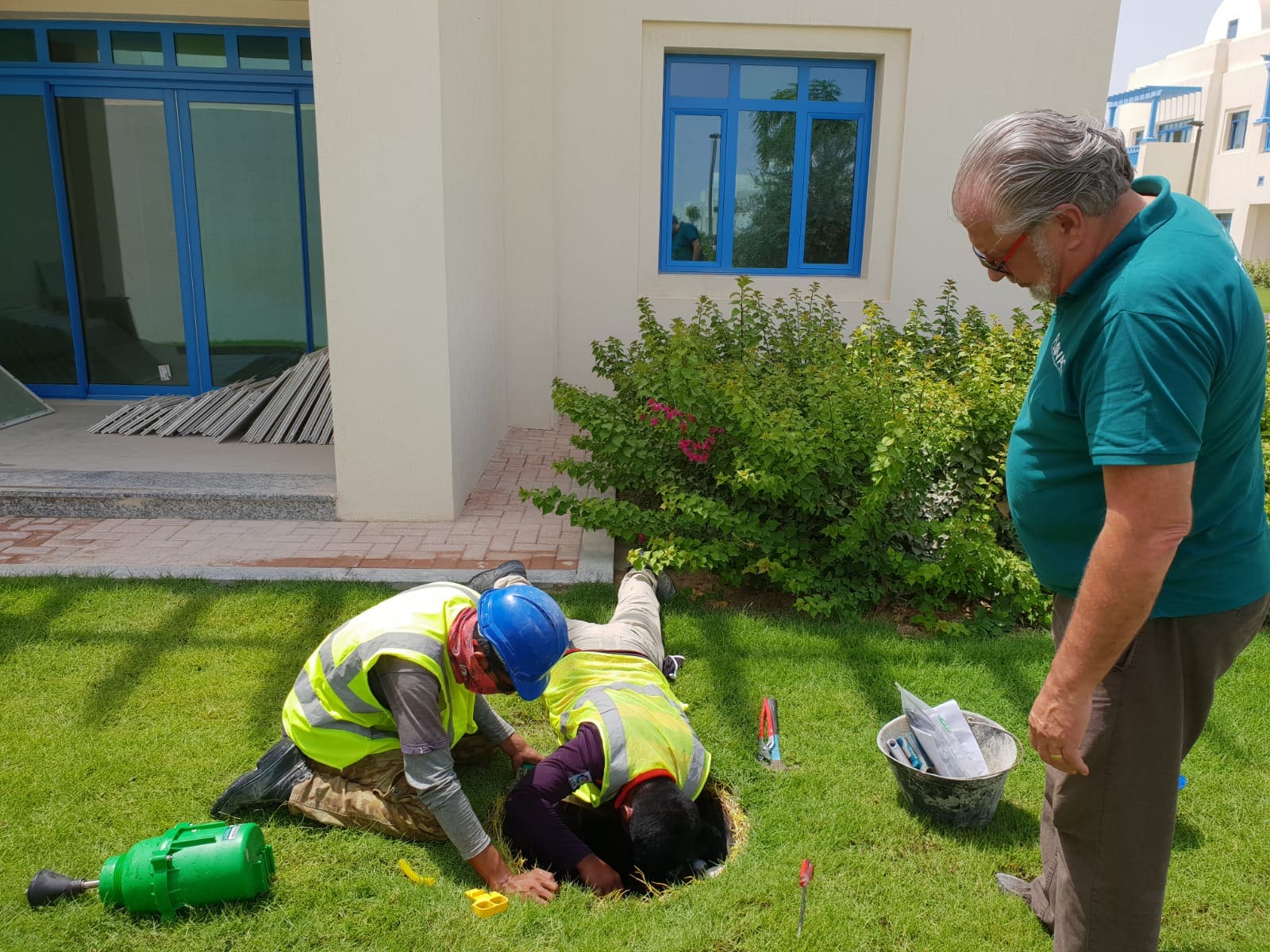







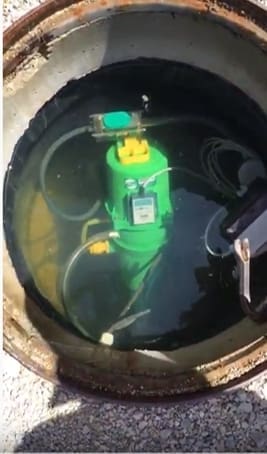 The small town with about 150 houses is located approximately 60 km south east of Łódź. Some of the houses are located alongside the river and above the road sloping down towards the river. Between the river and the main road, where most of the houses are located, flooding has become a regular occurrence. It has become a health issue with septic tanks overflowing when the flooding occurs.
The small town with about 150 houses is located approximately 60 km south east of Łódź. Some of the houses are located alongside the river and above the road sloping down towards the river. Between the river and the main road, where most of the houses are located, flooding has become a regular occurrence. It has become a health issue with septic tanks overflowing when the flooding occurs.


